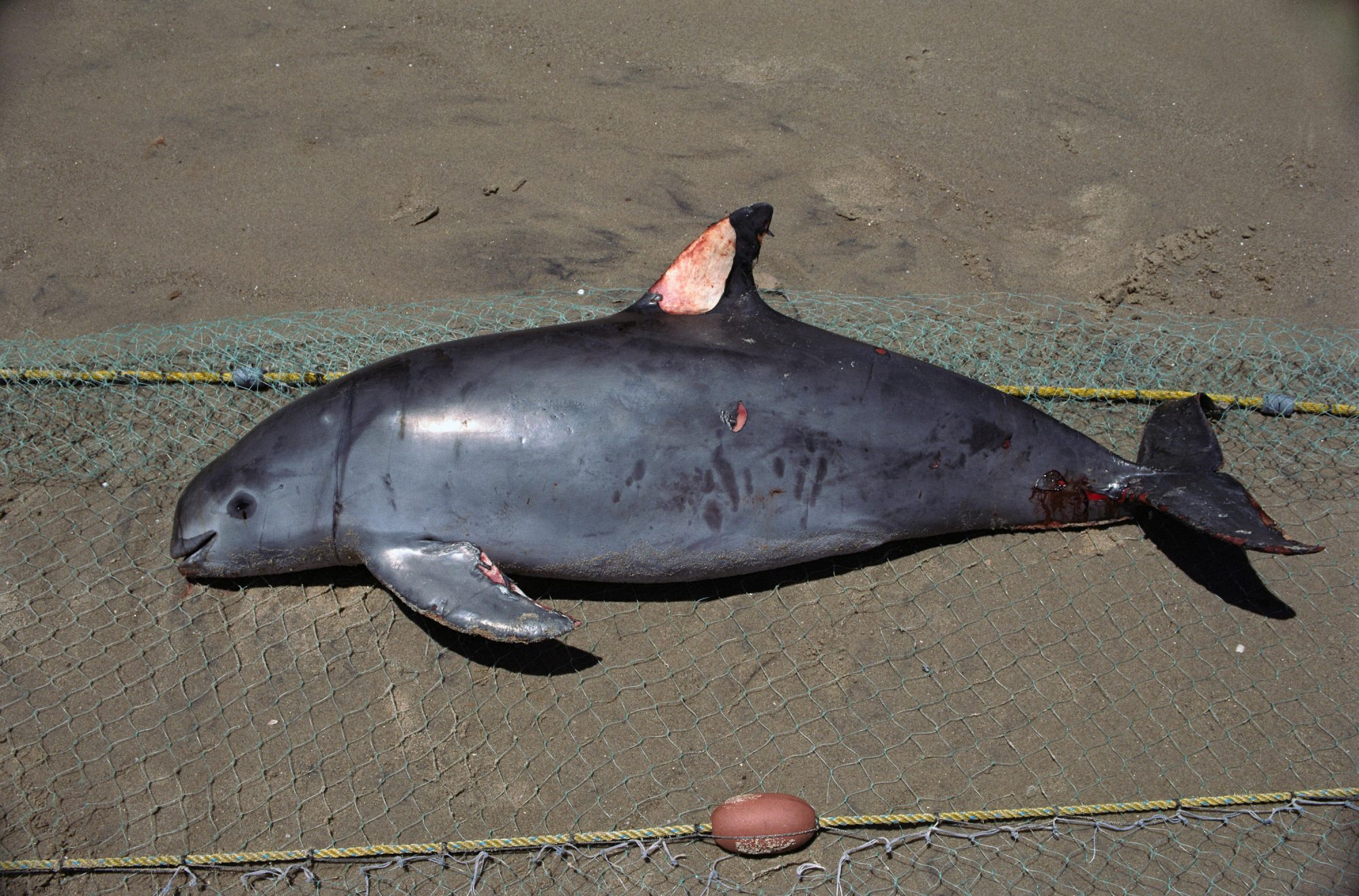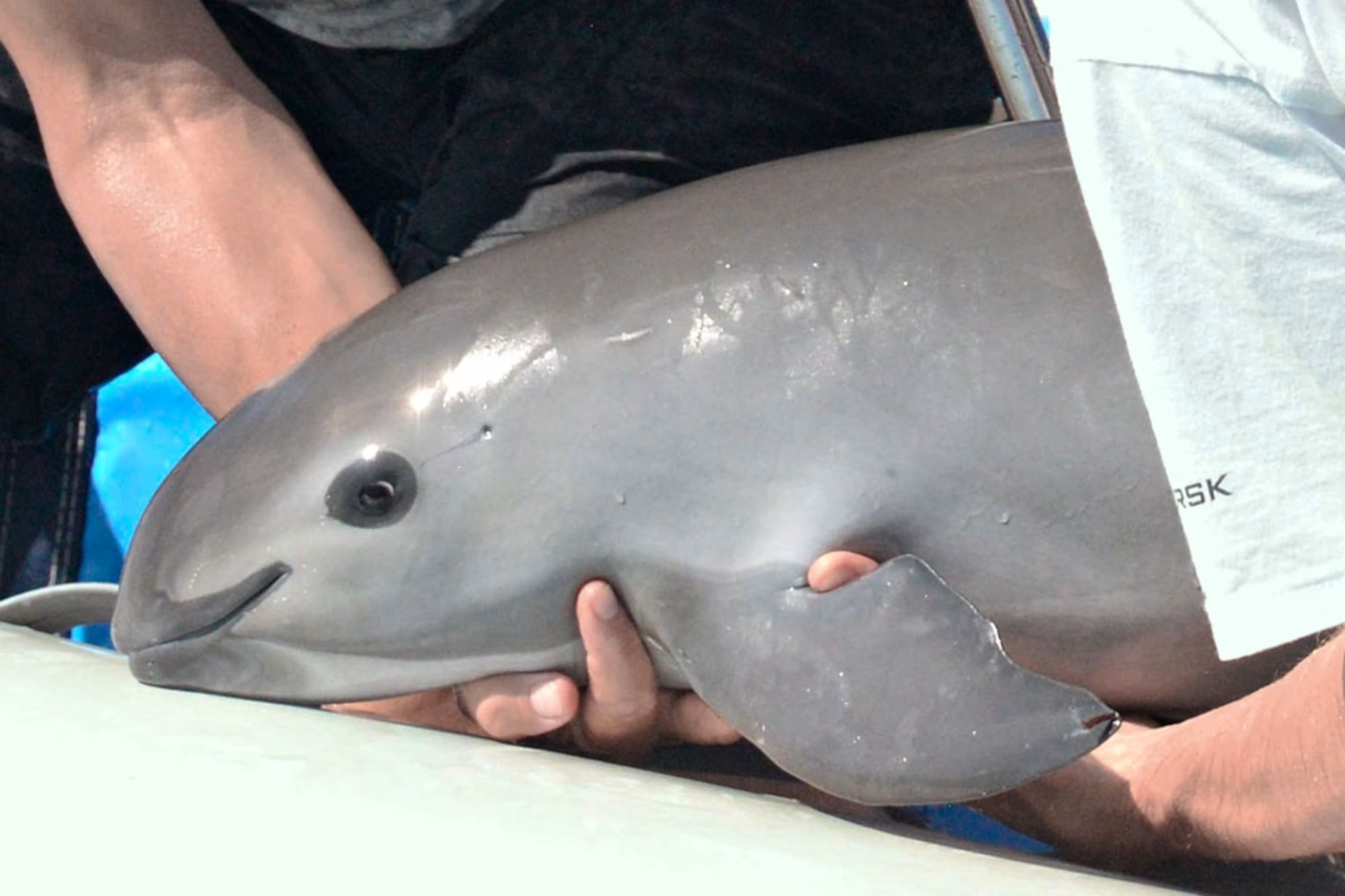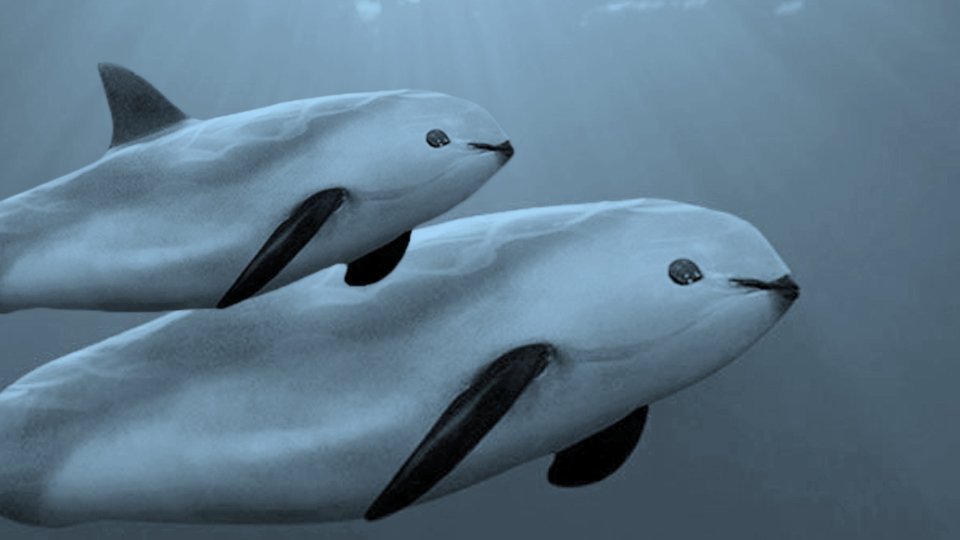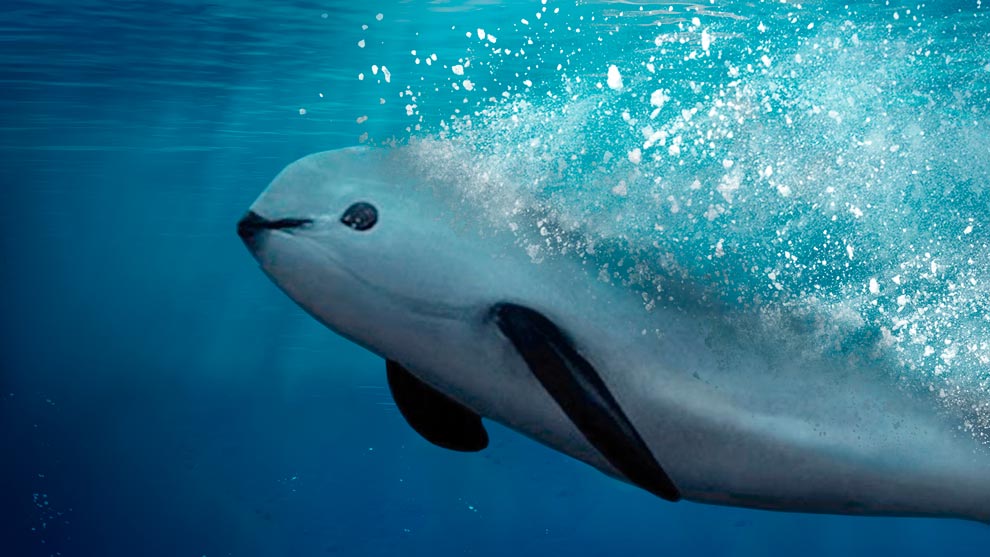Welcome to the world of the vaquita, the rarest marine mammal on the planet. With fewer than 10 individuals left in the wild, this captivating creature teeters on the brink of extinction.
In this article, we will dive into the desperate fight to save the vaquita from disappearing forever. Known for its panda-like eye patches and diminutive size, the vaquita is a porpoise found exclusively in the Gulf of California. Its decline is primarily attributed to illegal fishing practices, where they are often unintentionally caught in nets meant for other species.
Join us as we explore the efforts of conservationists and organizations dedicated to protecting this critically endangered species. From human intervention to innovative technological solutions, find out how these valiant champions are working tirelessly to reverse the vaquita’s fate.
Discover the challenges faced by marine conservationists, the latest scientific research, and the importance of raising awareness. Let’s delve into the world of the nakbon vaquita and deepen our understanding of the urgent need to protect this precious marine mammal.
The Vaquita’s Habitat and Distribution
The Gulf of California, also known as the Sea of Cortez, is the only place on Earth where the elusive Panda of the Sea calls home. This unique body of water offers a rich biodiversity, providing the perfect conditions for the vaquita’s survival. Nestled between the Baja California Peninsula and the Mexican mainland, this habitat is as beautiful as it is critical.
The vaquita’s distribution within this area is limited, primarily concentrated in the northern part of the Gulf where the water is shallower and more turbid. This preference for shallow, coastal waters makes their habitat particularly vulnerable to human activities. The delicate balance of the Panda of the Sea’s environment is easily disturbed, further exacerbating the challenges to their survival.
Unfortunately, the habitat of the vaquita has seen significant environmental changes over the years, not just due to natural cycles but also from human impact. Pollution, climate change, and the alteration of water salinity and temperature are just a few factors that threaten the delicate ecosystem that the Panda of the Sea depends on.

The Vaquita’s Endangered Status
The vaquita has been classified as critically endangered for several years now, a stark indicator of the imminent threat of extinction they face. The International Union for Conservation of Nature (IUCN) has placed them at the top of their Red List, signaling the dire urgency for immediate action to save this species.
The rapid decline in the vaquita population is a cautionary tale of how quickly a species can move towards extinction. Just a few decades ago, Panda of the Seas were a relatively common sight in the northern Gulf of California. However, their numbers have plummeted, with an estimated 90% decrease in population in recent years. This sharp decline highlights the sensitivity of the vaquita to environmental changes and human interference.
Conservation biologists and marine scientists are in a race against time, conducting extensive research to better understand the vaquita’s biology, behavior, and habitat needs. The knowledge gained from these studies is crucial for developing effective conservation strategies. Yet, the shadow of extinction looms large, making the Panda of the Sea’s status not just a concern for marine biologists but for humanity as a whole.
Threats to the Vaquita’s Survival
The primary threat to the vaquita’s survival is bycatch in illegal gillnets intended for capturing another endangered species, the totoaba fish. The swim bladder of the totoaba is highly prized in traditional Chinese medicine, fetching exorbitant prices on the black market. This lucrative trade has led to rampant illegal fishing practices in the Panda of the Sea’s habitat.
Despite the implementation of a gillnet ban in the vaquita’s range, enforcement has been challenging. The allure of high earnings from totoaba fishing continues to motivate local fishermen to risk the penalties. As a result, vaquitas, with no commercial value, become unintended victims, their population declining with each illegal net cast into the sea.
Another significant threat is habitat degradation. The Gulf of California is undergoing changes due to climate change, pollution, and increased human activity. These environmental stressors not only affect the vaquita directly but also impact their prey, leading to a decrease in food availability. Without a healthy, stable habitat, the chances of the Panda of the Sea’s recovery dwindle.

Conservation Efforts and Initiatives
In response to the vaquita’s critical situation, a multifaceted approach to conservation has been adopted. International and local organizations, governments, and communities are coming together to enact and enforce measures aimed at protecting this tiny porpoise.
One of the key strategies has been the establishment of a protected area in the Gulf of California, where gillnet fishing is banned. Additionally, efforts to remove “ghost nets”—lost or abandoned fishing gear that continues to catch fish and marine mammals indiscriminately—have been intensified. These initiatives are crucial steps in minimizing the immediate physical threats to the vaquita.
Conservationists are also employing innovative technologies to monitor the vaquita population and their habitat. Acoustic monitoring devices allow researchers to detect Panda of the Sea vocalizations, providing data on their numbers and distribution without the need for direct observation, which can be disruptive. Satellite tracking of illegal fishing activities also aids in enforcement efforts, helping to pinpoint where to focus resources for the greatest impact.

The Role of Government and NGOs in Panda of the Sea Conservation
Government bodies and non-governmental organizations (NGOs) play pivotal roles in the conservation of the Panda of the Sea. Through legislation, enforcement, and funding, these entities create the framework within which conservation activities can occur. International cooperation is also essential, as the vaquita’s plight has garnered global attention.
In Mexico, the government has implemented various policies aimed at protecting the Panda of the Sea, including the aforementioned gillnet ban. Financial incentives have been offered to fishermen for adopting alternative, sustainable fishing methods that do not harm vaquitas. However, the effectiveness of these measures is contingent upon robust enforcement and compliance, areas where challenges remain.
NGOs contribute through research, public awareness campaigns, and on-the-ground conservation initiatives. Organizations such as the World Wildlife Fund (WWF) and the Sea Shepherd Conservation Society are heavily involved in vaquita conservation, providing resources and expertise to complement governmental efforts. Their work raises the international profile of the vaquita crisis, attracting support and funding from around the world. If you like reading this article then you can consider visiting dansartain to find more article like this.

